If you’re looking for the best vertical climber, you’ve come to the right place.
When people think of cardio or endurance workouts, they instantly think of treadmills, battle ropes, or to go for a run. These activities require equipment that can cost a good amount of money and need a designated space.
However, getting into shape doesn’t necessarily mean you’ll have to splurge a lot of money; you have the option of vertical climbers. They generally don’t take up a lot of space, can be easily stowed away, and provide a grueling cardio and endurance workout at a much lower price.
So, if you were searching the market for vertical climbers and found yourself overwhelmed with the amount of options available, that’s understandable. To help you out, we’ve put together this in-depth buying guide that’ll take you through multiple options and explain what they offer and their pros and cons. So, let’s jump right into it.
Best vertical climbers
- Best overall vertical climber: MaxiClimber XL-2000
- Best premium vertical climber: Ropeflex Apex – RX4400
- Best budget vertical climber: MaxiClimber 2.0
- Best foldable vertical climber: RELIFE Rebuild Your Life CT01
How we picked
We looked at and researched various options from different brands and compared them based on their build quality, top speed, price, and other important features to present you with the best options to make an informed decision. We’re always updating our guides with the latest information, so check back for newer additions.
Best vertical climber overall: MaxiClimber XL – 2000
- Next generation MaxiClimber with aluminum mainframe; redesigned with a long lasting roller mechanism for the most intense, smoothest and quietest vertical climber workout.
| Pros |
| Lightweight |
| Can support up to 300 pounds |
| 12 levels of resistance |
| Easy to store and assemble |
If you’re looking for the best vertical climber, then look no further than the MaxiClimber XL-2000.
This vertical climber is made from aluminum, but that doesn’t deter its maximum weight capacity, which is 300 pounds, and it can cater to individuals with a height of up to 6.6ft or 201 cm.
The XL-2000 itself weighs around 23 kg and sports a sleek design. This means you can easily pick it up and store it when you’re not using it, or you can even leave it as it is for a more sporty look for your home or apartment.
As for the training potential with this vertical climber, it features a bi-directional hydraulic system with 12 levels of resistance. This should challenge the toughest of athletes, giving them a good burn and leaving their blood pumping.
On top of that, it also comes with a mobile device holder so you can catch up on your favorite TV shows or watch motivational videos – because you’ll need it.
Best premium vertical climber: Ropeflex Apex – RX4400
- Tread climbing rope machine
- Complete body workout – strength and cardio in one
- Independent magnetic resistance mechanism for tread
| Pros | Cons |
| Has a maximum include of 60° | Comes with a hefty price tag |
| Has a maximum resistance of 450 pounds | Requires a designated space |
| Dual functionality with rope and incline tread |
If you’re looking for the best vertical climber that money can buy, then check out the Ropeflex Apex – RX4400.
The first thing you might notice is its hefty price tag, but it’s a beast that should probably give you the workout of a lifetime, regardless of whether you’re a beginner or a veteran athlete. The Ropeflex Apex – RX4400 weighs around 385 pounds, so you can’t move it around that easily, but it provides a sturdy foundation for your workout sessions.
The RX4400 provides multiple functionalities. It has an incline tread that can be used for a grueling vertical climb and a rope, which should provide a back-burning resistance workout. The cherry on top is that both these functionalities can be used together for the ultimate strength and cardio workout.
The incline tread can go up to 60° and has a maximum resistance of 450 pounds. Depending on how fast and intensely you’re pulling, it’ll adjust its resistance, and you set the incline angle to make it as challenging as you want it to be.
One thing to note is that this is a large machine and will require its designated space inside your house or apartment.
Best budget vertical climber: MaxiClimber 2.0
- Versatile and easy-to-use: MaxiClimber works for all fitness levels. Target Power, Strength and Endurance with MaxiClimber and experience the perfect combination of steady-state cardio plus HIIT training to burn double the calories
| Pros | Cons |
| Affordable price point | No added resistance control functions |
| Convenient storage due to folding functionality | 240 pounds might be low for individuals |
| Can support individuals of up to 240 pounds and 6.2 ft in height |
Were you looking for the best vertical climber that won’t burn a hole in your pocket? The MaxiClimber 2.0 might be just the thing for you.
The MaxiClimber 2.0 delivers a good bang for your buck with the features it brings to the table. It weighs 15.49 kgs or 34 pounds and can be easily folded, making storage quick and convenient. It has a maximum height of 7.21ft, and when folded, it comes down to 5.5 ft, further emphasizing its low footprint design.
While the product itself might be 7.2 ft tall, the maximum supported height of this vertical climber is listed as 6.2ft with a max weight capacity of 240 pounds. While 240 pounds might not be impressive as other products can cater to much heavier individuals, we need to keep in mind the price bracket in which the MaxiClimber 2.0 falls.
It also features the Elastic Resistance System, which the manufacturer claims helps keep the stress off your joints and focus more on your muscles, resulting in an intense cardio and endurance workout.
Best foldable vertical climber: RELIFE Rebuild Your Life CT01
- 💪【Newer Version Vertical Climber】The climber workout machine has a Step metal plate thickening, the foot support rod is thickened, spare parts of grease and foam packaging prevent parts from breaking in transit.
| Pros | Cons |
| Has different movement settings for intensity | The movement setting might be too much or too little depending on the height of the person |
| Lightweight | |
| Has a maximum weight capacity of 260 pounds | |
| The LED display shows information such as calories burned and time |
If you’re looking for a vertical climber that doesn’t stand out and can be easily stored, check out the RELIFE vertical climber CT01.
This vertical climber is made from alloy steel, which allows it to handle a maximum weight of 260 pounds and comes at a very affordable price point. It weighs approximately 19 kg or 41 pounds, making it light enough to be carried around the house, and you can even take it outdoors on a pleasant day.
Its design features a triangular design that enables it to be folded like a tripod, making storage and assembly efficient and hassle-free.
The CT01 also offers five levels of movement that can stimulate different motions. Levels 1-2 are equivalent to jogging, 3-4 are running, and the 5th is rock climbing. So, depending on how much you want to push yourself, you can set the movement level and either have a pleasant jog or climb to the top of Everest. It can also support individuals of up to 7 feet in height.
How to pick the best vertical climber
Before investing in any vertical climber, it’s important to take into consideration some factors that will help you make an informed decision. We’ve listed some of those below.
Weight capacity
One of the most important factors is the machine’s weight capacity you’re looking to invest in. If it has a low weight capacity, that probably speaks towards the build quality and will likely hinder your workout. So, look for an option that can support your weight and have enough surplus capacity to handle any weights you might want to throw on.
Height adjustability
Vertical climbers require a good range of motion (ROM) to be effective, and if it doesn’t cater to your height, your movements will be restricted. For example, if you’re 6 ft and the vertical climber’s max height limit is 5.5 ft, you’ll find that the ROM is too little to work your muscles adequately. So, opt for an option that balances the minimum and maximum height well.
Build quality
The materials used to build the machine can directly impact how well it performs and lasts. If it’s made from solid steel, it can probably handle heavier weights and should be sturdy enough for you to have a rigorous workout with intense movements.
Portability
Vertical climbers come in different shapes and sizes. Depending on your requirements, you can opt for an option that is easy to assemble and disassemble and can be folded or stored away. This makes it easy to move it around the house for a scenic change or even take it outside, which keeps things fresh.
Types
Verticle climbers may use a system of cables, plastic rollers, or fixed pistons. Each has its set of pros and cons.
Rollers
This is what most vertical climbers use. These rollers (wheels) are moving up and down over the rungs. Some machines may use steel rollers and other user rollers may be made of plastic. Machines using plastic rollers are cheaper, but the rollers tend to wear down, especially with heavy use or users.
Cables
Machines that use cables provide a smoother flow than rollers. They transition more easily between the up and down motions. They also accumulate less wear over time.
Fixed pistons
These are only found in the most expensive models, like the Versa Climber. Pistons are usually used only in commercial climbers since they last much longer than cables or rollers.
Resistance level
This determines how strenuous or easy the exercise is. Some vertical climbers have a fixed resistance that is easy for everyone to use. Other climbers allow you to select a hard resistance level, which makes the exercise more intense. However, having more options is always nice and you’ll most likely want to push yourself more as you gradually achieve your fitness goals.
Is a vertical climber better than a treadmill?
Both machines have their use cases and pros and cons; it all depends on your fitness goals. For example, if you plan on training for a marathon, then a treadmill will be better suited as you can try different running techniques and training programs. However, a vertical climber will be the right option if you want to train for more endurance for pushing or pulling movements like what you would require for rock climbing.
Verdict
- Next generation MaxiClimber with aluminum mainframe; redesigned with a long lasting roller mechanism for the most intense, smoothest and quietest vertical climber workout.
After comparing the features and specifications of the listed options, we found that the MaxiClimber XL-2000 is the best vertical climber due to a couple of factors. First, it can support up to 300 pounds and cater to individuals with heights of up to 6.6ft. It offers 12 resistance levels and is light enough to be easily stored away or moved around the house. And it comes at a reasonable price bracket that won’t dent your budget.

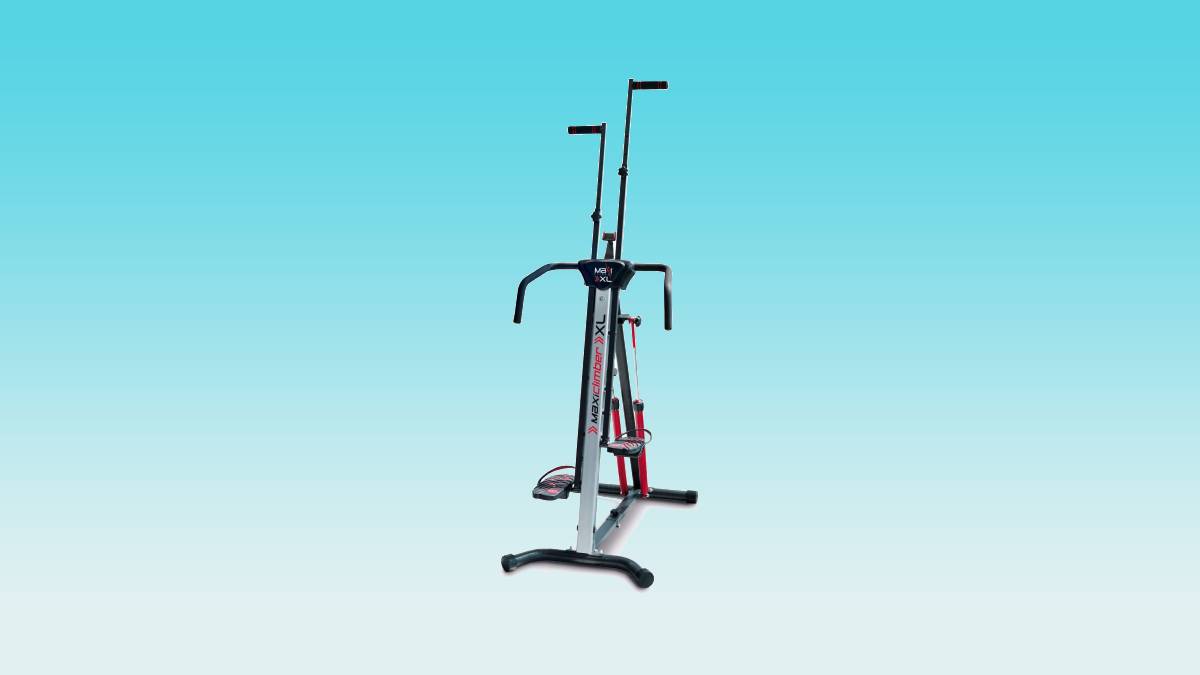




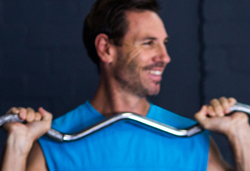

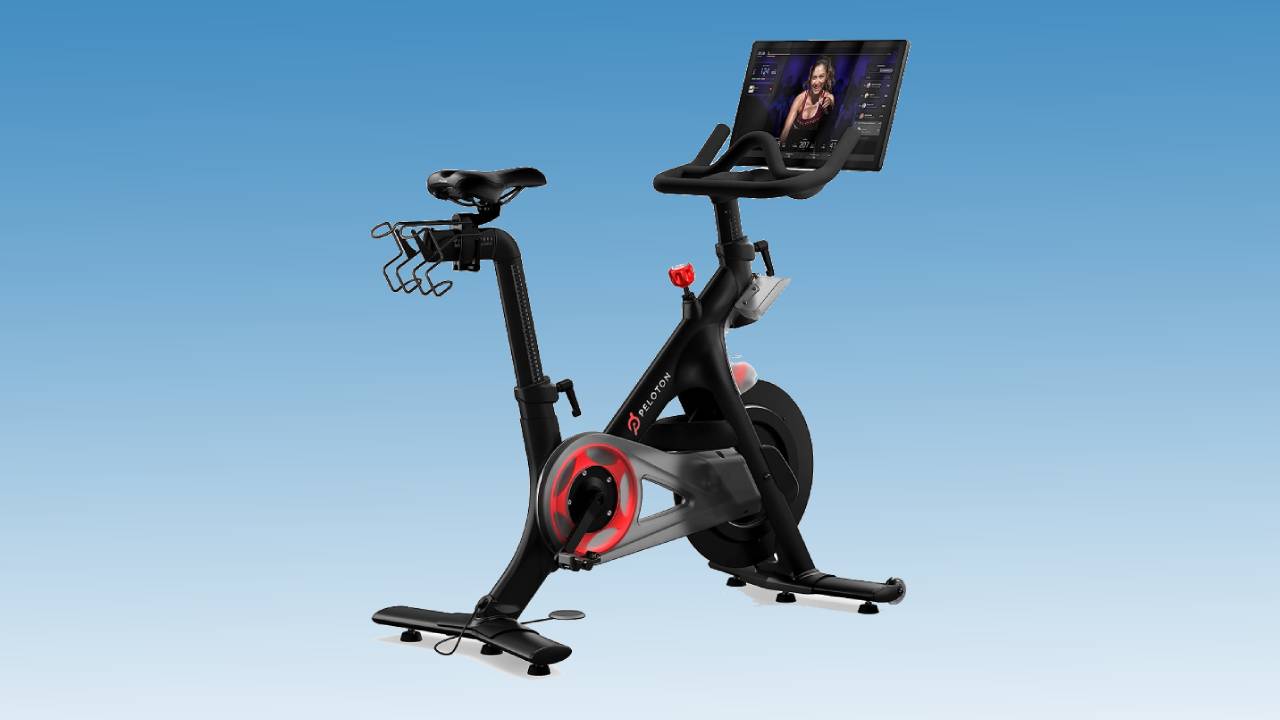
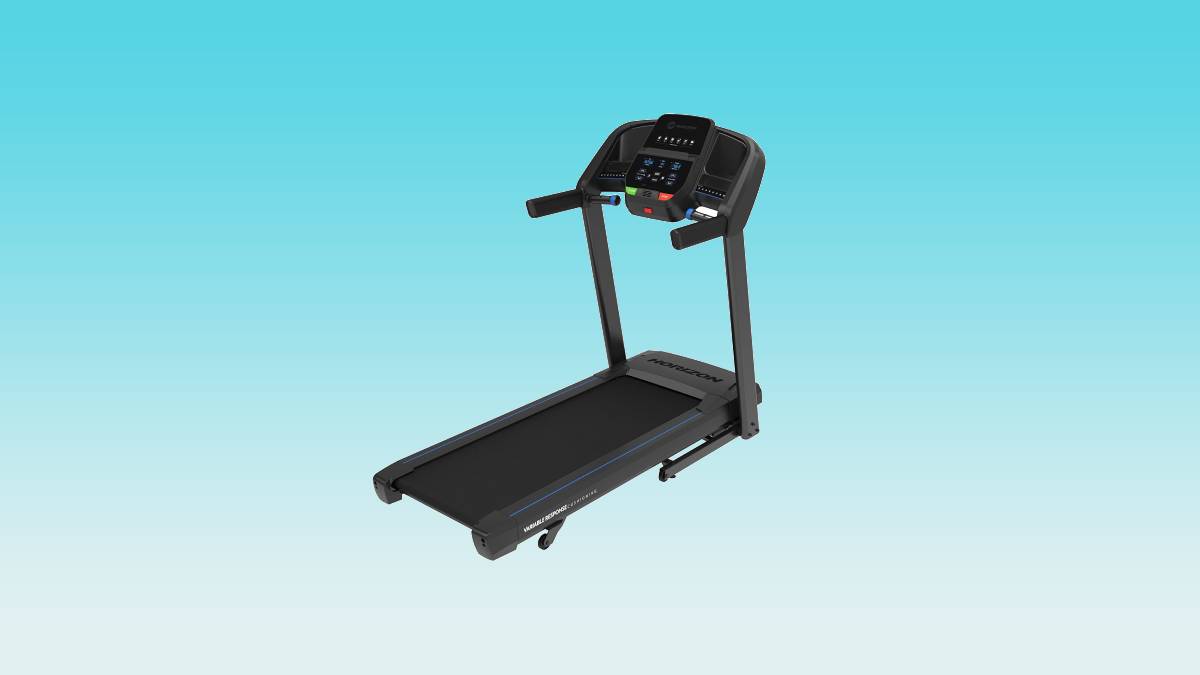
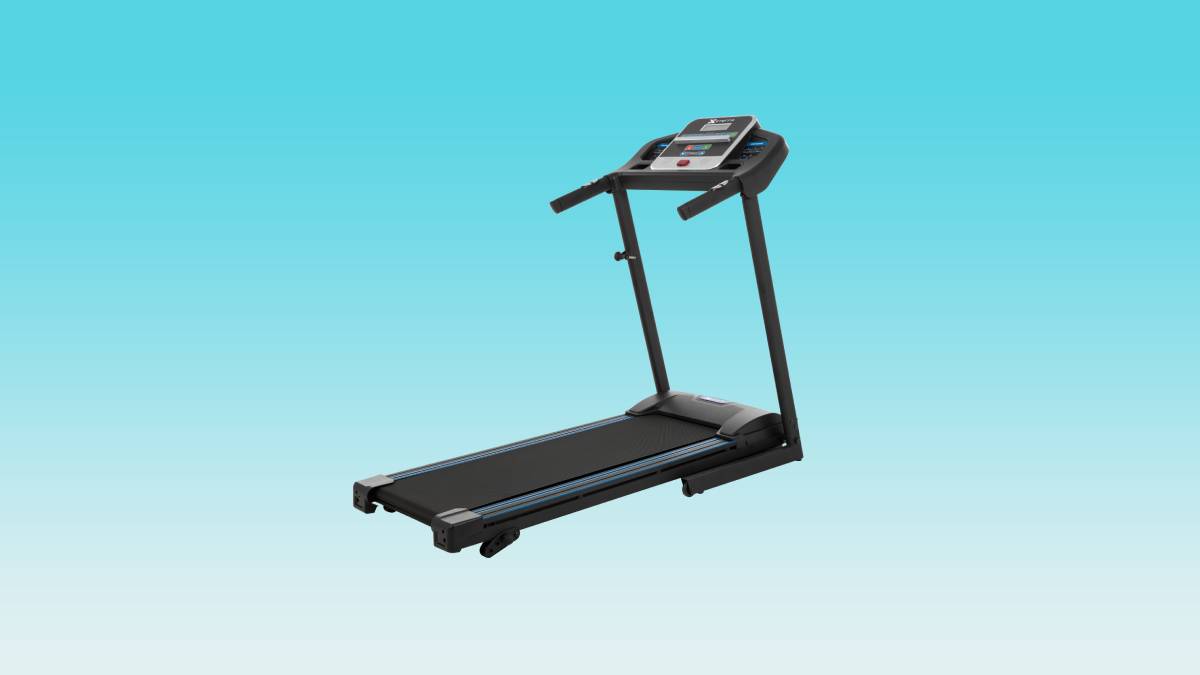
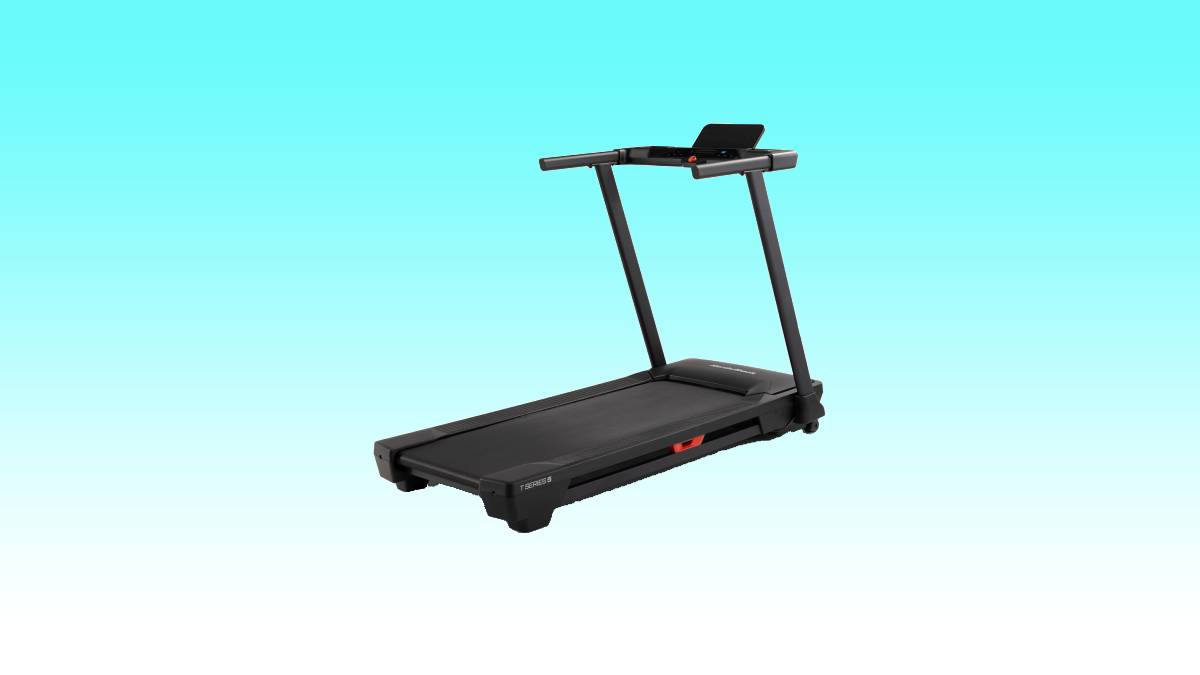
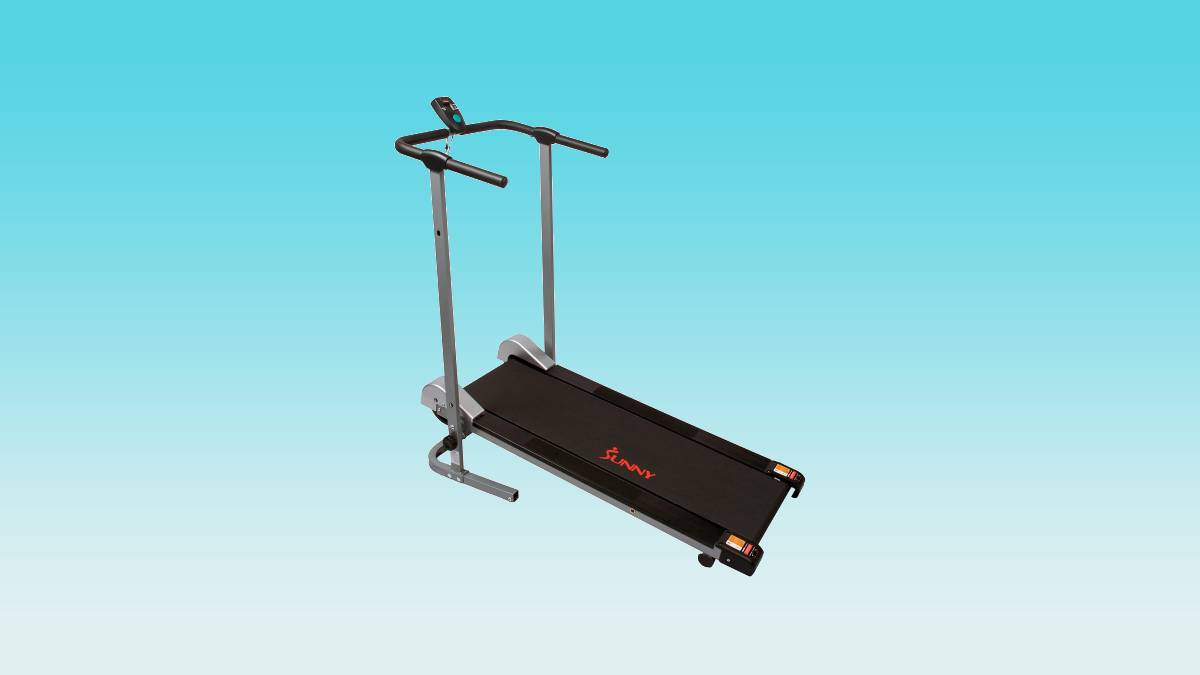
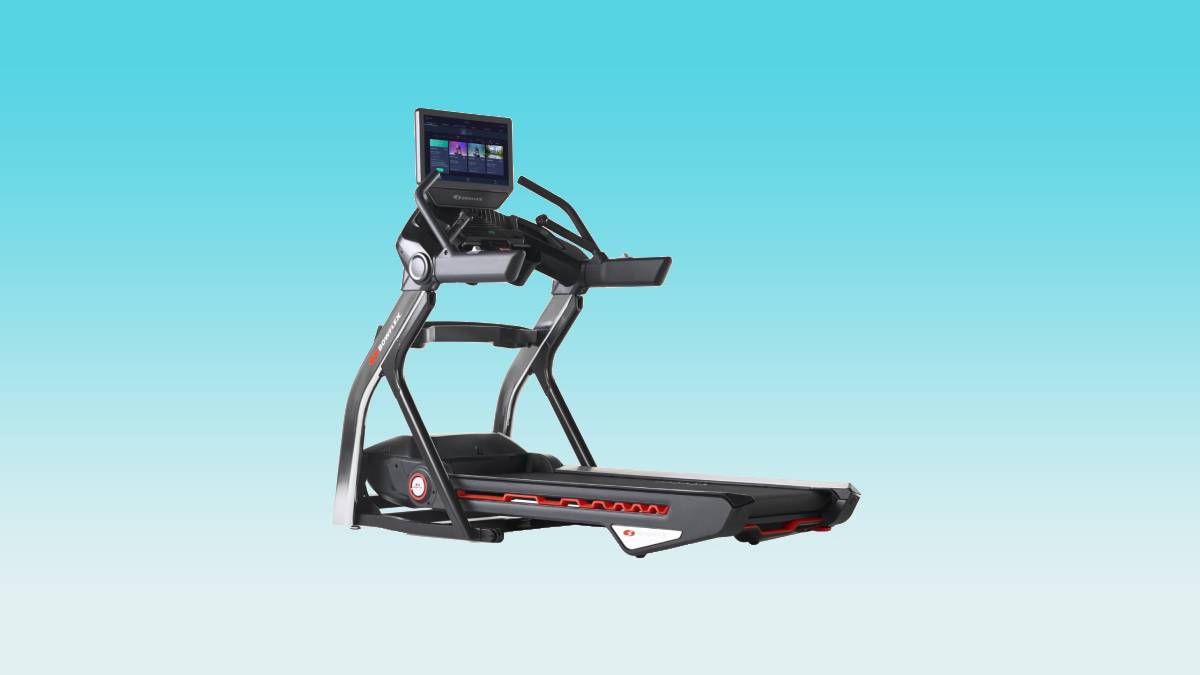
Leave a Reply